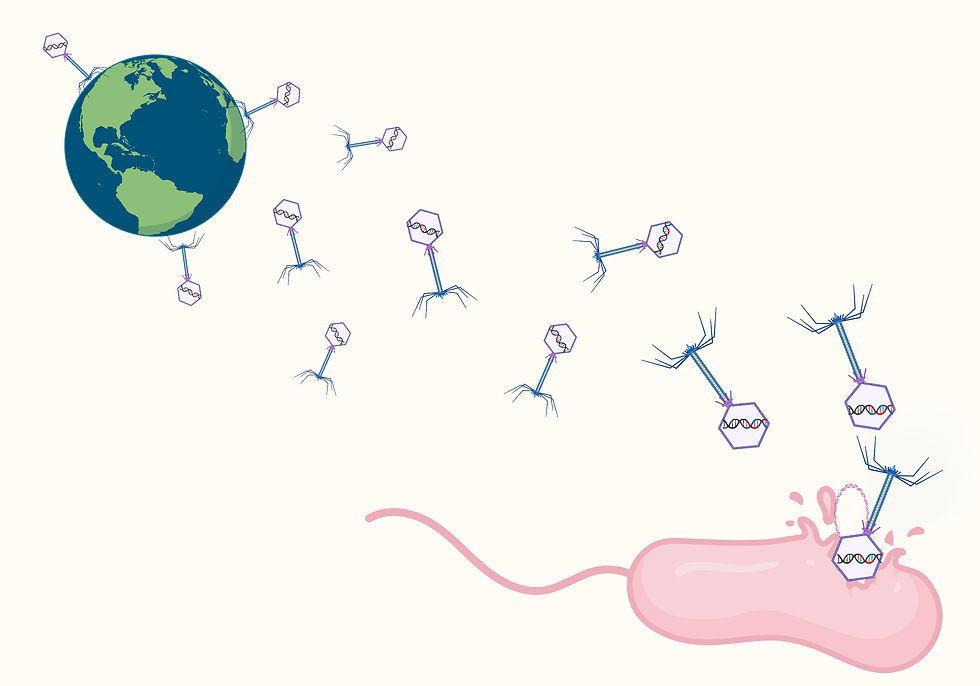Healthy boundaries for productivity - First post :)
- MCS

- Oct 20, 2019
- 3 min read
I've been wanting to publish this blog since the beginning of the year and today I just realized that the leaves of the trees are falling and turning red-orange like if it were fall!!...which it's surprisingly the case. So, why to keep procrastinating it?
It's just about the right time. It's the Fall, and just recently on 10/16 I reached 3 years of been working in getting my PhD at ISU under Dr. Jarboe supervision. Also, this week I'll give a talk about what I've been doing all this time in about just 3 min. So, this first post will be the only time that I won't share my own opinion (although I sort of do it anyway) or share my own or other people research findings. Happy reading and sharing! :)
This script (or a version slightly shorter) and slide picture will be used in the 3MT Competition 2019 at ISU. Notice that what I actually do is depicted in #2 and #1 is only an analogy (with my opinion embedded on it).
Healthy boundaries for productivity

Do you remember how was the World like 10 or 15 years ago? The World, socially and environmentally, was certainly very different. One of the most evident changes is social media and all the information to what we are exposed to (you could follow me on Tw: @israsantoscoy).
Don’t get me wrong... information is power, and it is awesome!. I couldn't learn many things without access to the internet. But these tons of data contain positive AND also negative "stuff".
This "stuff" is perceived and utilized differently by each person. The question is, are there any adverse consequences for those people that perceive this whole information in a negative way?.
Consequences of the exposure to the "bad stuff" (as shown in Fig. 1) could be anxiety and depression. According to workplacementalhealth.org 20 out of 100 people in the US live with anxiety, and 17 millions of Americans suffer of major depressive disorder. Depression in fact, costs us 100 billion dollars annually, including 44 billions in lost productivity alone.
What can we do to filter out the inevitable negative stuff that we are exposed nowdays?
We could certainly put a wall with other environments, but that wouldn't be the smartest solution because we need interaction to grow and develop as society. The solution is to put healthy boundaries, boundaries that are permeable for a majority of "good stuff".
These personal boundaries can be tuned in a variety of ways (Fig. 2) 1) By finding the right balance in our mindset, in this way we will behave more intelligently when exposed to "negative stuff" and 2) by finding the right combination of values and execute them appropriately in different environments.
This, fine-tuning of boundaries increases our personal, social and economical productivity.
All I have said (written) is an analogy of what I actually do in the lab. What we want is to produce biofuels and high-value chemicals from biomass and compete economically with fossil fuels. However, there is an inevitable presence of toxic chemicals coming from breaking down biomass (a very complex polymer of sugars and lignin) and these inhibit grow and kill the microbes (that work as biocatalysts) limiting biorenewables to compete with petroleum.
We insert a right combination of genes to the cell membrane (to the DNA, so they can be expressed on the cell membrane) to promote just the right set of membrane properties for the microbe to tolerate and adapt to this environment (with toxic chemicals and conditions) while being more productive (in terms of yields of biofuels and high-value chemicals).
Just as in scenario #1, where the fine-tuning boundaries have a positive impact, we foresee that a fine-tuning of membrane genes and properties will ultimately benefit both the World and our economy.
MCS 10/20/2019




Comments